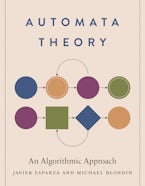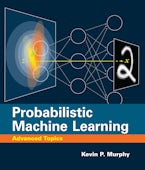The design, function, and challenges of online telerobotic systems.
Remote-controlled robots were first developed in the 1940s to handle radioactive materials. Trained experts now use them to explore deep in sea and space, to defuse bombs, and to clean up hazardous spills. Today robots can be controlled by anyone on the Internet. Such robots include cameras that not only allow us to look, but also go beyond Webcams: they enable us to control the telerobots' movements and actions.
This book summarizes the state of the art in Internet telerobots. It includes robots that navigate undersea, drive on Mars, visit museums, float in blimps, handle protein crystals, paint pictures, and hold human hands. The book describes eighteen systems, showing how they were designed, how they function online, and the engineering challenges they meet.












